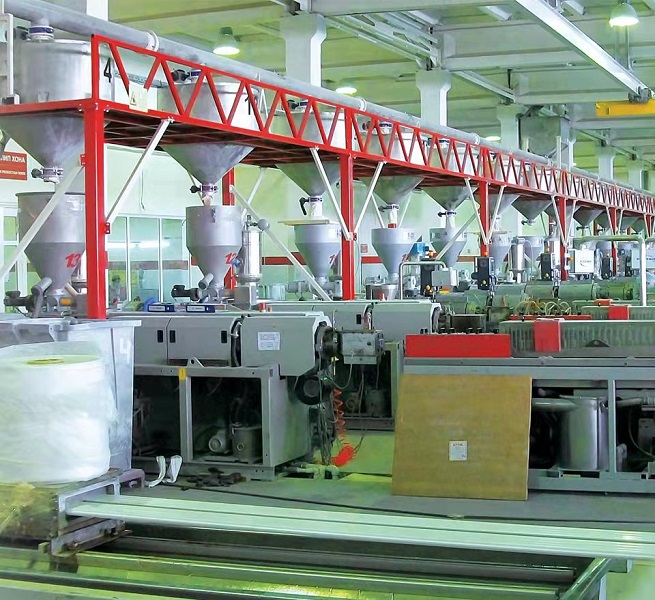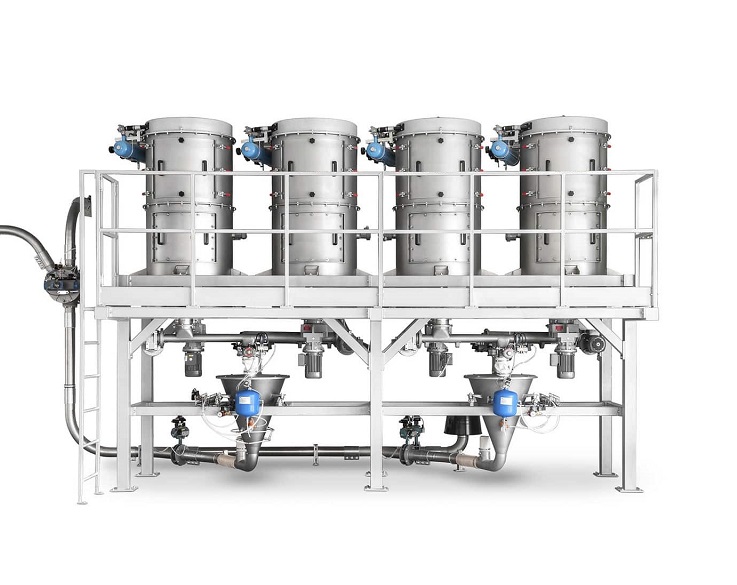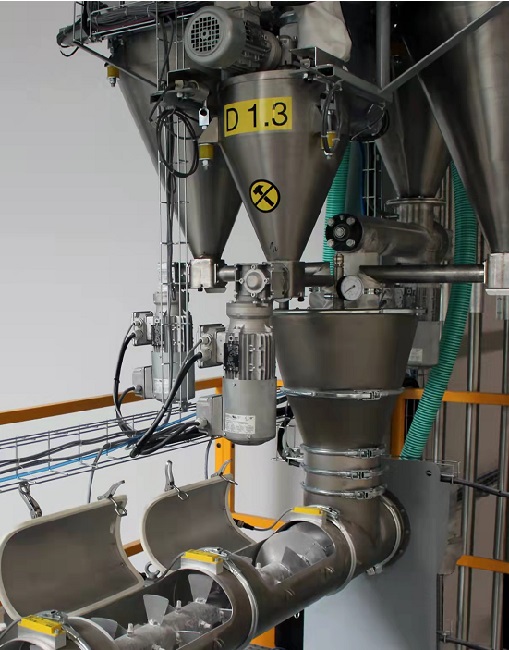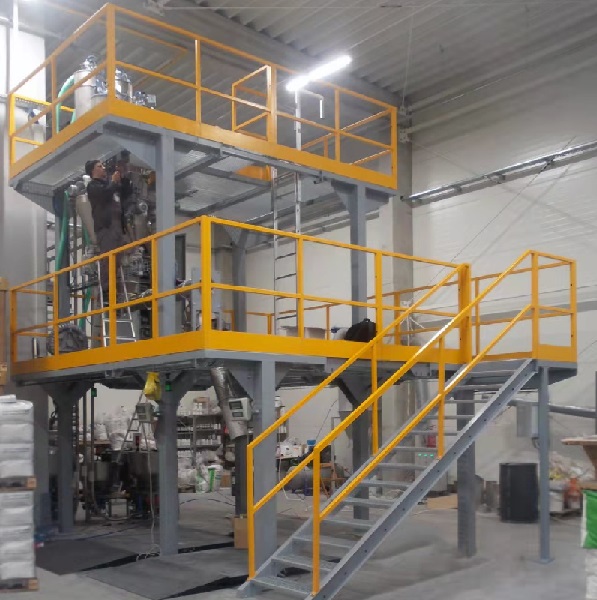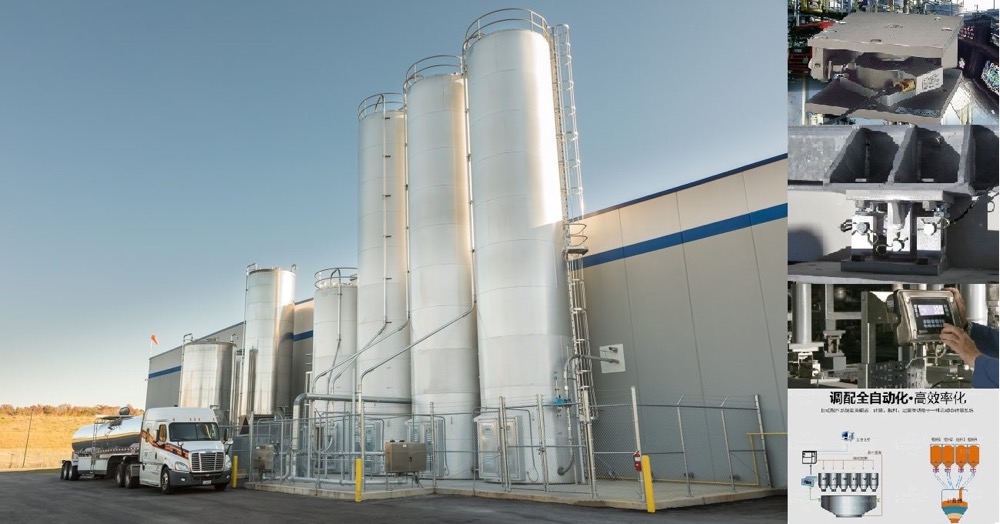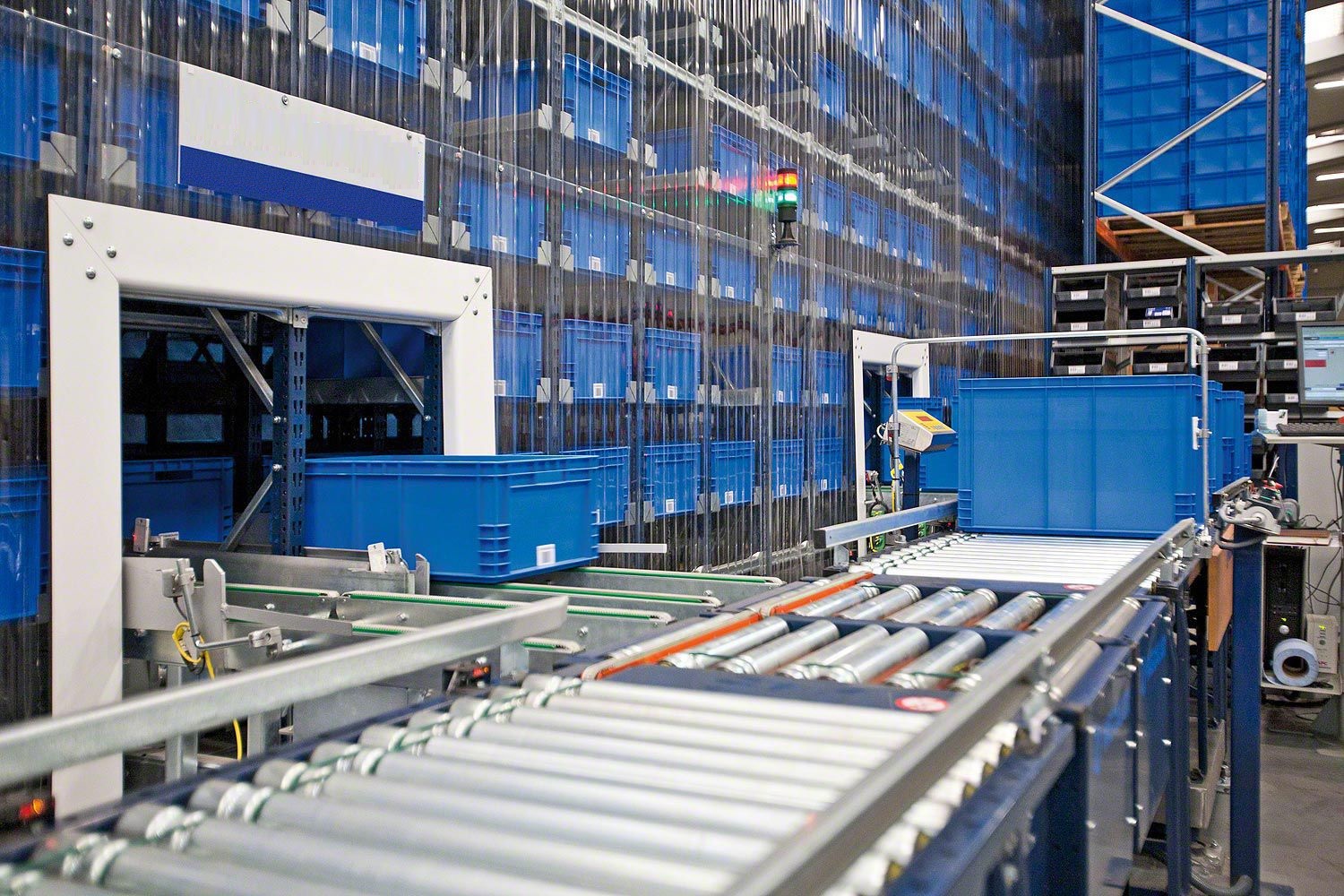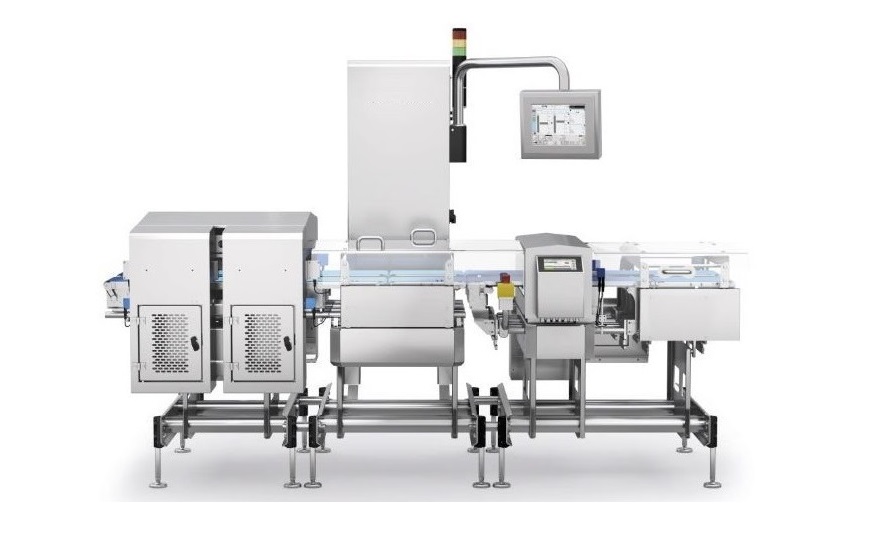

 2020.02.16
2020.02.16Summary:Weighing modules are sensors that convert force into a measurable electrical signal output.Although there are many types of weigh modules, strain gauge-based weigh modules are the most commonly used type.
Weighing modules are transducers that convert force into a measurable electrical signal output. Although there are many types of weighing modules, strain gauge based weighing modules are the most commonly used type. History of Weighing Module Development
Before strain gauge weighing modules became a common weighing method in industrial weighing, mechanical lever scales were commonly used. Mechanical scales can weigh everything from pills to train cars, and with proper calibration and maintenance, they can ensure sufficient accuracy and reliability. The way they worked included utilizing a weight balancing mechanism or detecting forces generated by a mechanical lever. The earliest pre-strain gauge force transducers included both hydraulic and pneumatic designs.In 1843, Sir Charles Wheatstone, a British physicist, invented the bridge circuit that could measure electrical resistance. The Wheatstone bridge circuit was well suited for measuring changes in resistance in strain gauges. Although the first pasted resistance wire strain gauges were developed as early as the 1940s, it wasn't until the modern electronics boom that the technology became technically and economically feasible. And since then, strain gauges have been widely used in mechanical scales and stand-alone weighing modules. Today, with the exception of certain laboratories that still use precision mechanical scales, strain gauge weighing modules have come to dominate the weighing industry. Pneumatic weighing modules are sometimes used in areas where intrinsic safety and safety and hygiene are important; hydraulic weighing modules do not require a power supply and are therefore suitable for remote applications. Strain gauge weighing modules provide 0.03% to 0.25% full scale accuracy and are suitable for almost all industrial applications.
Principle of operation of weighing modules: The design of weighing modules can be differentiated by the type of output signal generated (pneumatic, hydraulic, electrical) or by the way the weight is detected (bending beam, shear beam, pressure, tension, etc.).
A weighing module is a force balancing device that measures weight by means of pressure changes in the internal filling liquid. In a rolling diaphragm hydraulic weighing module, the load or force acting on the collector is transferred to the piston, which in turn compresses the filling liquid enclosed in the elastic diaphragm chamber. The higher the force, the higher the pressure of the hydraulic fluid. This pressure value can be indicated locally or sent to other locations for remote indication or control. The output is linear and relatively unaffected by the volume and temperature of the fill fluid. If the weighing module is properly installed and calibrated, it is accurate to within 0.25% of full scale and is suitable for most process weighing applications. Since these load cells do not utilize electrical components, they are well suited for use in hazardous areas. Typical hydraulic weighing module applications include tank, box and hopper weighing. For maximum accuracy, a weighing module should be placed at each support point of the tank, and the total weight of the tank is derived by summing the outputs of these load cells.
Pneumatic weighing modules also utilize the principle of force balancing. These devices utilize multiple damping chambers to achieve greater accuracy than hydraulic devices. In some designs, the first damping chamber is used as a tare chamber. Pneumatic weighing modules are often used in industries where cleanliness and safety are important and relatively small weights can be measured. Insensitivity to temperature variations and inherent explosion-proof capability are two major advantages of this type of weighing module. In addition, even if the diaphragm ruptures, the liquid in it will not cause contamination. The disadvantages are the relatively slow response time and the need for clean, dry conditioned air or nitrogen.
Strain gauge weighing modules convert the load acting on them into an electrical signal. Strain gauges are bonded to beams or structural members that deform when loaded. In most cases, four strain gages are used for maximum sensitivity and temperature compensation. Typically two strain gages are used to measure tension and the other two are used to measure pressure, and these strain gages are interconnected for compensation adjustment (as shown in Figure 7-2). When loaded, the stress induces a change in strain gage resistance that is proportional to the load. As the accuracy of strain gage weighing modules continues to improve and the unit cost continues to decline, other weighing modules are being phased out of history.
Styles of Weighing Modules
Pressure Weighing Modules
Pressure weighing modules are usually of an integral push-button design. This type of load cell is suitable for installation in areas where space is limited and offers excellent long term stability.
Pressure/Tension Weighing Modules
Pressure/Tension weighing modules can be used in applications where the load shifts back and forth between pressure and tension. These load cells are suitable for environments where space is limited and their threaded ends allow for easy installation.
S-beam weighing modules
Named for its S-shaped shape, the S-beam weighing module provides an output when subjected to tension or pressure, and is suitable for applications such as tank levels, funnels, and floor scales. It has excellent lateral resistance.
Bent Beam Weigh Modules
Ideal for applications requiring multiple weighing modules, such as tank weighing and industrial process control. It has a low profile construction and is suitable for areas where space is limited.
Platform single point weighing modules
Platform single point weighing modules for commercial and industrial weighing systems. They provide accurate readings regardless of the position of the load on the platform.
Cylinder Weighing Modules
Cylinder modules are suitable for single and multiple weighing applications. Many of these load cells have an all stainless steel design and provide full sealing protection for washdown and wet areas.
Low Profile Weigh Modules
Includes pressure and tension/pressure weighing modules. It utilizes mounting holes and female threads for easy installation. Often used for weighing studies and flow force monitoring.


















